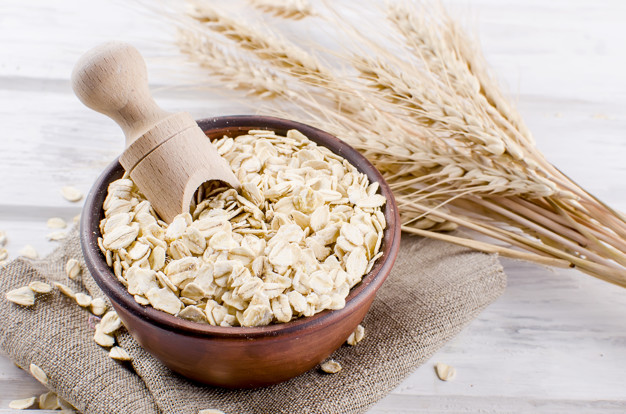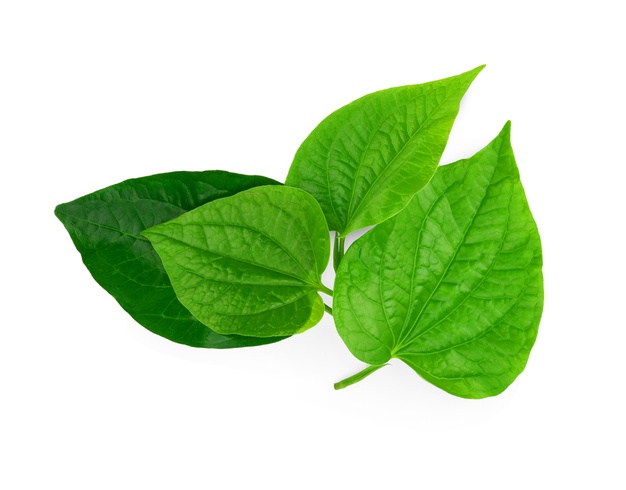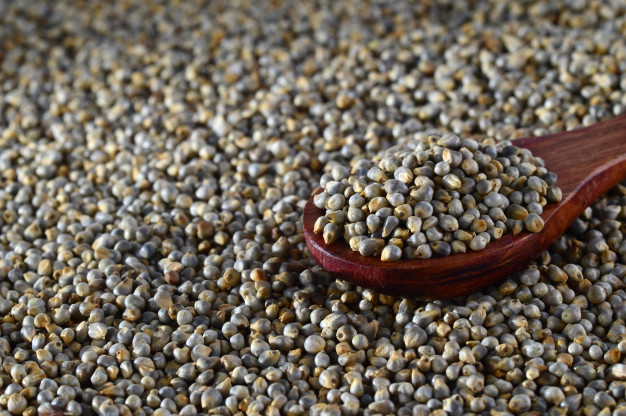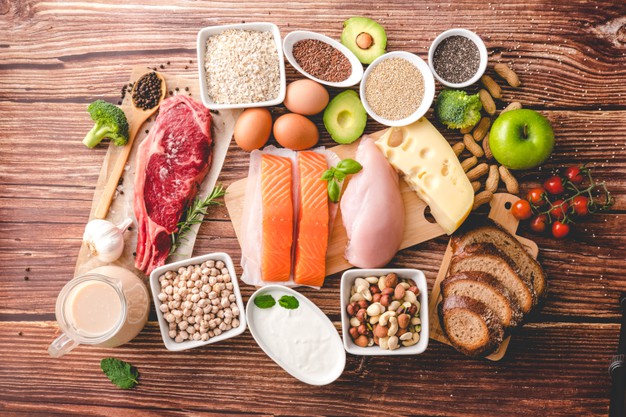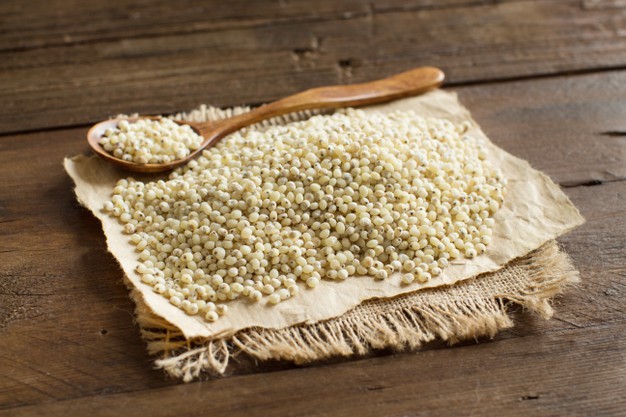Hominy is considered as the ‘superior version of corn’. It is extremely nutritious as well as tasty. It is basically prepared by maize kernels. It is very popular and has been extensively used for centuries as an imperative ingredient of various traditional Mexican dishes.
Characteristics
- Yellow and white hominy are considered as the most common varieties of hominy and they both offer numerous health benefits
- Yellow hominy is generally derived from yellow corn whereas white hominy is obtained from white corn. Yellow hominy is relatively softer and also sweeter than white hominy
- Hominy has a nutty flavor
- It has a puffy texture as well
- It has an earthy taste
- Nixtamalization process is responsible for making hominy a healthier version of corn
How hominy is prepared?
Hominy is prepared by processing white or yellow corn kernels. Below points will give an overview of the process of hominy preparation –
- At first corns are subjected to drying, which help to remove the outer shell of corns
- Then they are soaked within an alkaline solution that helps them to puff up. This process is known as nixtamalization and the end result of this process is hominy
- It has seen that during the process of nixtamalization the kernel of corns get separated from the hull, which ultimately helps to make the corn relatively softer
- Hominy is comparatively easy to digest than corn and also contains relatively higher amount of B vitamins

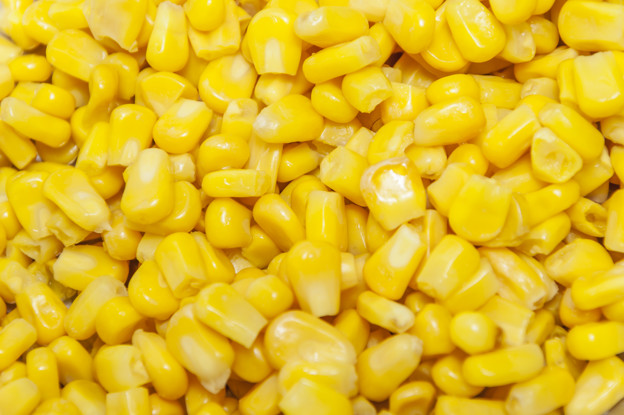
Nutritional overview
Carbohydrates
- It contains desirable amount of carbohydrates and mainly composed of sugars and complex carbohydrates
- It has seen that during nixtamalization process, the starch that has found in the kernel of corn, eventually swells and subsequently takes on a gelatinous texture, which is considered as one of the most significant features of hominy and it becomes more prominent when hominy is eaten
Fibre
- It contains significant amount of dietary fibre as well
- Its fibre content is responsible for promoting cardiac health, hepatic health and digestive health
- It helps to control the blood sugar level as well
- It also helps to prevent obesity and plays significant role in regulating the concentration of cholesterol in body
Proteins
- It contains lesser amount of proteins as well
- It is mainly composed of various essential as well as non-essential amino acids, which include threonine, leucine, isoleucine, lysine, methionine, phenylalanine, tyrosine, cystine, glutamic acid, aspartic acid, proline, glycine, arginine, histidine, alanine, valine and serine

Fats
- It is very low in fat thus its consumption is especially very effective for obes individual as it does not contribute enough calories
- It contains both saturated and unsaturated fatty acid, though it is comparatively higher in unsaturated fatty acids especially in PUFA but does not contain any cholesterol
Vitamins
- It has seen that the treatment of corn in alkaline solution significantly increases the bioavailability of B Vitamins especially Vitamin B1, B2, B3, B6 and B9
- Generally B vitamins are found in bound form within untreated corn and the process nixtamalization helps to release B vitamins and thus makes them readily available to the body
- Hominy contains comparatively higher amount of niacin (Vitamin B3) thus its consumption is very beneficial for reducing the risk of Vitamin B3 deficiency in body
- Its Vitamin B6 content plays significant role in promoting the growth and development of central as well as peripheral nervous system
- Its B vitamin contents are responsible for promoting metabolism as well
- Apart from B vitamins it also contains significant amount of Vitamin E, choline and Vitamin K
Minerals
It contains several trace elements as well, which include calcium, phosphorus, zinc, copper, selenium, iron, magnesium and manganese
Health benefits

Role on cardiac health
- It contains various cardio protective nutrients, which help to promote cardiac functionality
- Its vitamin and mineral contents are accountable for promoting cardiac health
- As it is low in fat thus its consumption is awfully useful for preventing fat deposition within blood vessels thus reduces the prevalence of atherosclerosis
- Its potassium content is responsible for decreasing blood pressure
- Its consumption significantly reduces the prevalence of coronary artery disease, strokes and myocardial infraction
Hypolipidemic activity
- Its fibre content is responsible for decreasing the concentration of LDL, VLDL and triglyceride in body on a contrary it significantly improves HDL level thus its consumption is extremely effective for maintaining a healthy lipid profile
- It also helps to maintain a healthy ratio of LDL and HDL in body, which ultimately helps to decreases the risk of developing metabolic syndrome
Hypoglycemic effects
- Diabetic individual should include hominy in their diet as it is associated with decreasing the glucose concentration in blood
- It has seen that it plays vital role in stabilizing blood sugar level
- Fat acts as barrier to insulin and hominy helps to decrease total fat percentage of body thus helps to promote insulin activity, which ultimately helps to reduce glucose level in blood
- It significantly reduces the prevalence of type 2 diabetes mellitus

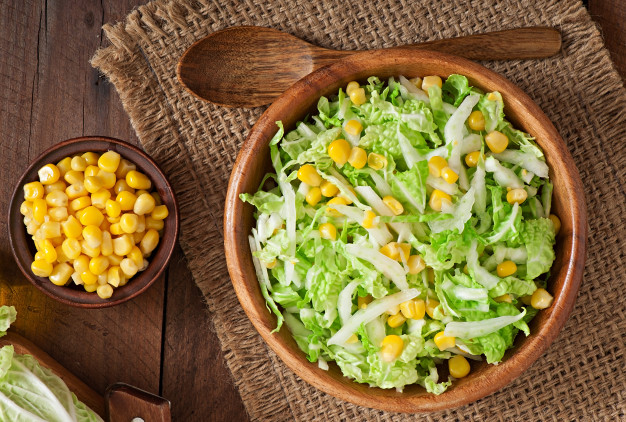
Role on digestive health
- Its consumption is very effective for promoting digestive health
- It is easily digestible and also associated with increasing the nutrient absorption
- Its high fibre content helps to prevent constipation as it helps to soften the stool and also increases stool mass that makes the defecation process easy
- It helps to increase bowel movement as well, which is considered as another important feature for preventing constipation
- Its fibre content is also accountable for preventing colonic pouch formation thus significantly decreases the prevalence of diverticular disease
- Individual with celiac disease can easily include hominy in their diet as it is gluten free
- Fibre present in hominy plays significant role in promoting the growth of intestinal beneficial microbes thus its consumption is considered as an important therapeutic measure for improving gut health
- It is also related with improving peristalsis hence promotes colonic health as well
Role on hepatic health
- It has seen that hominy plays vital role in promoting liver health
- It helps to improve the functionality of liver
- It helps to prevent fat deposition within liver cell thus helps to inhibit hepatic cell necrosis as a result it reduces the risk of developing fatty liver disease
- As it is related with decreasing the concentration of cholesterol thus it helps to prevent the susceptibility of forming gall stones

Role on weight management
- It is low in fat and its consumption is associated with providing sufficient nutrients to the body without adding much calories thus it is considered as one of the most effective food stuff of a weight reducing diet
- Its fibre content is accountable for providing a feeling of stomach fullness that also facilitates weight reducing by decreasing food intake hence calorie consumption
- It is very effective for decreasing visceral fat percentage of the body
General consideration of using Hominy
- It can be consumed by heating on stovetop with salt, pepper and a little bit of butter
- It can also be added to stews or soups before consumption
- It can added to casseroles as well

Source:
Ai, Y. and Jane, J.L., 2016. Macronutrients in corn and human nutrition. Comprehensive Reviews in Food Science and Food Safety, 15(3), pp.581-598.
Briggs, R.V., 2015. The hominy foodway of the historic Native Eastern Woodlands. Native South, 8(1), pp.112-146.
Conrado, T.V., Scapim, C.A., Bignoto, L.S., Pinto, R.J.B., Freitas, I.L.J., Amaral, A.T. and Pinheiro, A.C., 2014. Diallel analysis of corn for special use as corn grits: determining the main genetic effects for corn gritting ability. Genet. Mol. Res, 13, pp.6548-6556.
Iriani, E.S., Sunarti, T.C., Richana, N., Mangunwidjaja, D. and Hadiyoso, A., 2012. Utilization of corn hominy as a new source material for thermoplastic starch production. Procedia Chemistry, 4, pp.245-253.
Opie, F.D., 2010. Hog and hominy: Soul food from Africa to America. Columbia University Press.




